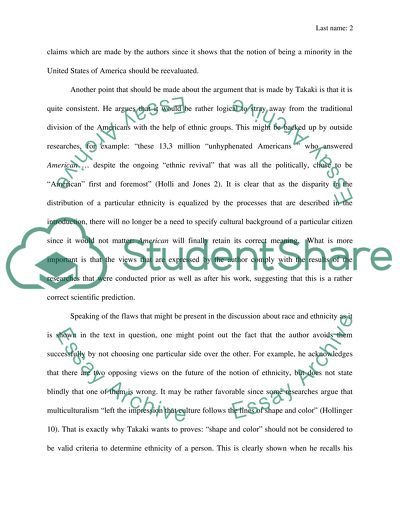Cite this document
(“Critical analysis essay: definitions of race and ethnicity Essay”, n.d.)
Retrieved from https://studentshare.org/social-science/1658918-critical-analysis-essay-definitions-of-race-and-ethnicity
Retrieved from https://studentshare.org/social-science/1658918-critical-analysis-essay-definitions-of-race-and-ethnicity
(Critical Analysis Essay: Definitions of Race and Ethnicity Essay)
https://studentshare.org/social-science/1658918-critical-analysis-essay-definitions-of-race-and-ethnicity.
https://studentshare.org/social-science/1658918-critical-analysis-essay-definitions-of-race-and-ethnicity.
“Critical Analysis Essay: Definitions of Race and Ethnicity Essay”, n.d. https://studentshare.org/social-science/1658918-critical-analysis-essay-definitions-of-race-and-ethnicity.


